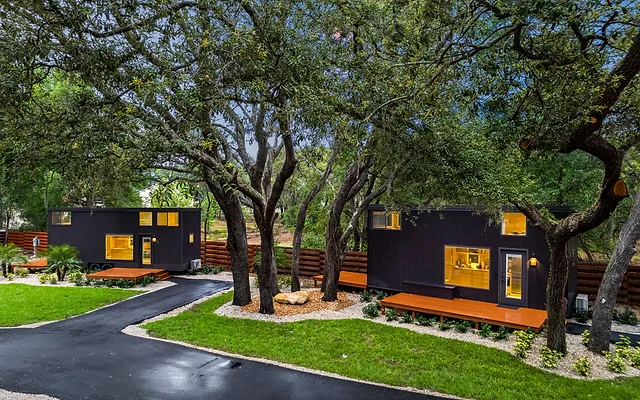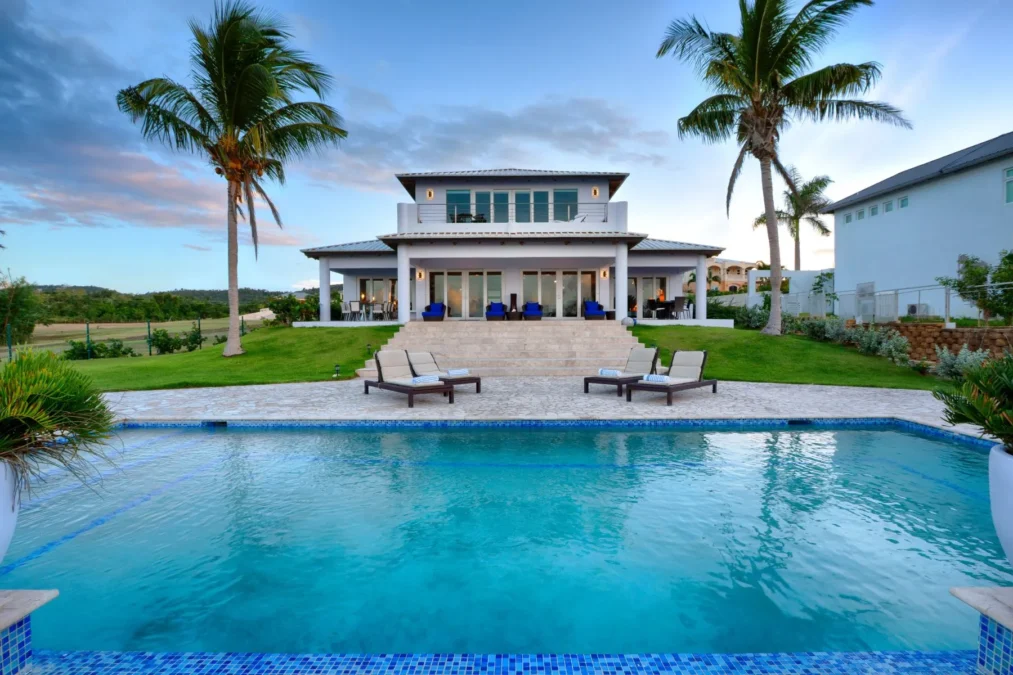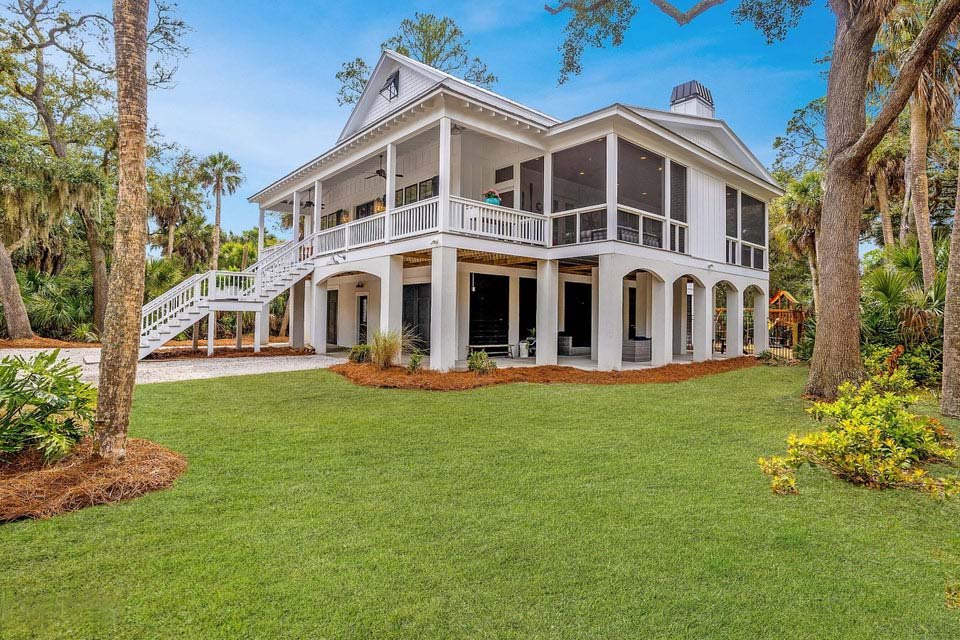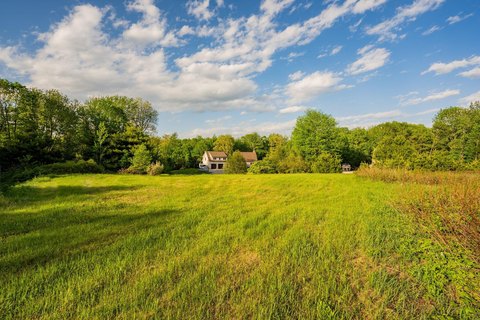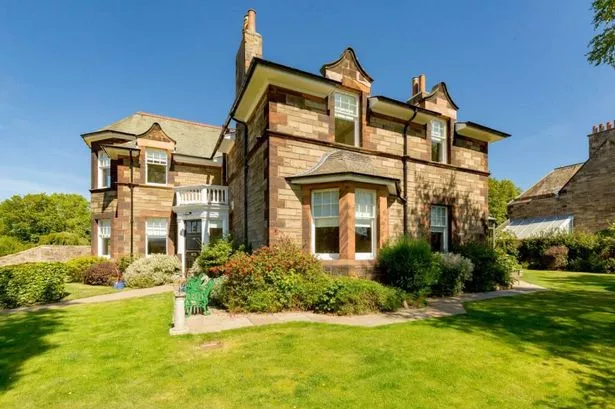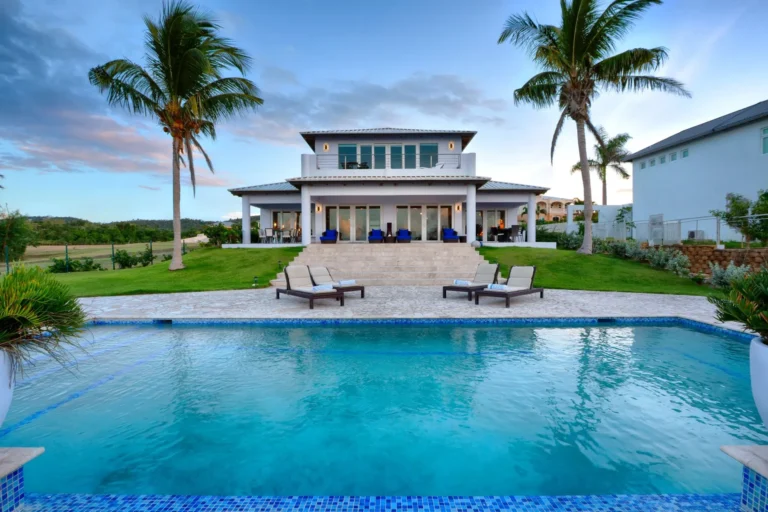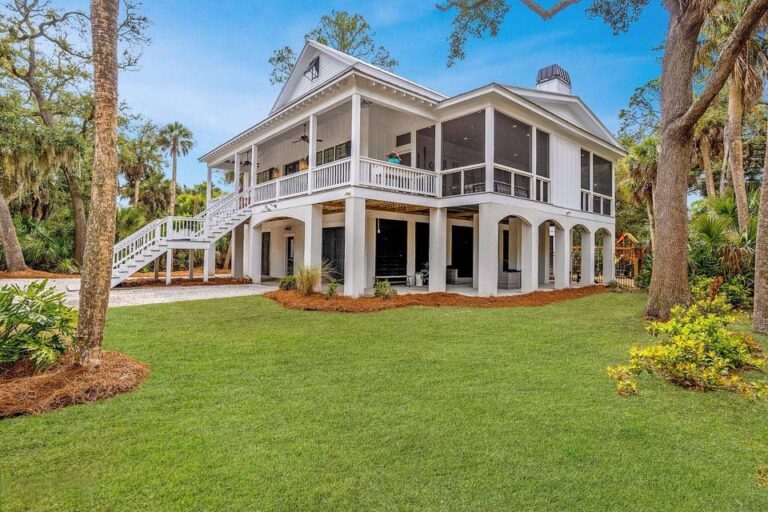When Hannah and Mark started dreaming about building their own home, they sought something different. After years of living in big cities, paying high rents, and feeling increasingly disconnected from nature, they longed for a simpler, more sustainable lifestyle. One day, while shopping for groceries at Walmart, they stumbled upon something unexpected—an affordable, pre-fabricated tiny home for sale. They couldn’t believe it. Could this be the solution to their housing dreams? Living in a small house—designed for minimalism, sustainability, and financial freedom—was already appealing. But now that Walmart, the retail giant known for offering budget-friendly solutions, was selling these homes, it felt more accessible than ever. Hannah and Mark soon found themselves standing in the living room of a sleek, modern, 300-square-foot tiny house that had cost them less than they ever imagined.
The story of Walmart’s Tiny Home selling has sparked curiosity and excitement among potential homeowners and advocates of the little home movement. In this article, we’ll explore how Walmart entered the tiny home market, the details of the homes it offers, the growing popularity of small living, and whether this option is as affordable and sustainable as it seems.
The Rise of Tiny Homes: A New Way of Living
The tiny home movement has gained momentum over the past decade, with more and more people opting for smaller, more efficient living spaces. According to Tiny House Society, the average size of a tiny home is between 100 and 400 square feet, a sharp contrast to the average U.S. home size of 2,600 square feet reported by the U.S. Census Bureau. The primary motivations for this downsizing trend are sustainability, financial independence, and the desire to simplify one’s life.
Living tiny comes with several benefits:
- Affordability: Tiny homes typically cost far less than traditional homes, making them an appealing option for people looking to reduce or avoid mortgage debt altogether.
- Sustainability: With a smaller footprint, tiny homes require fewer building materials, consume less energy, and produce less waste. This aligns with growing consumer interest in reducing environmental impact.
- Flexibility: Tiny homes can often be built on wheels, making them mobile and adaptable to various living situations. Whether you’re looking for a permanent residence, a vacation home, or a backyard office, tiny homes offer flexibility that traditional houses do not.
Given these benefits, it’s no surprise that Walmart, a company known for making products more accessible to many consumers, would enter the tiny home market. But what exactly does Walmart offer in the tiny home world?
Walmart’s Entry into the Tiny Home Market
In recent years, Walmart has begun selling various pre-fabricated homes through its online marketplace, offering models from companies like Allwood and MODS International. These homes are designed to be budget-friendly while maintaining the critical aspects of the tiny home lifestyle: minimalism, efficiency, and sustainability.
The cost of Walmart’s tiny homes varies depending on size and features, but they typically range from $4,000 to $50,000. At the lower end, Walmart offers smaller cabin-style kits that customers can assemble, while the higher-end homes are fully built and often come equipped with modern amenities.
One of the most popular models available through Walmart is the Allwood Solvalla, a 172-square-foot studio cabin that costs around $7,500. Made from Nordic spruce, the Solvalla is marketed as an affordable option for a backyard office, guesthouse, or vacation retreat. The cabin comes as a DIY kit, and while it doesn’t include plumbing or electricity, these can be added during assembly.
For those looking for something more robust, Walmart also offers the MODS International Shipping Container Home, which comes fully assembled and includes everything you need for modern living—plumbing, electricity, heating, air conditioning, and even appliances. This 320-square-foot home, made from a recycled shipping container, is priced at around $50,000, making it a relatively affordable option for a permanent tiny home.
The Affordability Factor: Is It Cheaper?
One of the main appeals of Walmart’s tiny homes is affordability. But how does the cost of these homes compare to traditional houses and other options in the small home market?
According to the National Association of Realtors, the median price of a traditional home in the U.S. as of 2023 is around $416,000. In contrast, Walmart’s tiny homes range from $4,000 to $50,000, making them accessible to a much wider audience. Even with the additional costs of land, installation, and utilities, tiny homes purchased through Walmart can save buyers hundreds of thousands of dollars compared to buying a traditional house.
However, it’s important to note that while the upfront costs of tiny homes are significantly lower, there are additional expenses to consider. These can include:
- Land: Unless you own land, you must purchase or lease a plot for your tiny home. According to Zillow, the average cost of land in the U.S. is around $12,000 per acre, though prices vary dramatically based on location.
- Utilities: Connecting a tiny home to water, electricity, and sewage systems can add several thousand dollars to the total cost.
- Permits and Zoning: In some areas, tiny homes face regulatory challenges. Zoning laws may restrict where tiny houses can be placed, and building permits may be required. These factors can add both time and cost to the process.
While these costs can add up, they are often still less than the cost of a traditional home, making tiny homes an attractive option for people who want to live more affordably.
Tiny Homes and Sustainability: A Green Lifestyle
Sustainability is another major draw of tiny homes, and Walmart’s models align with this growing movement. Little houses, by design, require fewer resources to build and maintain. A smaller living space means lower energy consumption, leading to smaller carbon footprints and reduced utility bills. According to Treehugger, tiny homes use about 7% of the energy required to power an average-sized U.S. home. This drastic reduction in energy consumption can result in significant cost savings over time and is particularly attractive to environmentally conscious consumers.
Walmart’s tiny home models also offer customization options that enhance their sustainability. For example, buyers can choose to install solar panels, composting toilets, and energy-efficient appliances, making it possible to live off-grid or reduce reliance on traditional utilities.
Additionally, homes like the MODS International Shipping Container Home contribute to sustainability by repurposing existing materials. Rather than relying on new construction, shipping containers that would otherwise go unused are transformed into functional living spaces. This form of recycling aligns with the broader goals of the tiny home movement—minimizing waste and maximizing resource efficiency.
Challenges and Considerations for Tiny Home Buyers
While Walmart’s tiny homes present an attractive option for many, there are some challenges to consider before purchasing. First and foremost, small houses are only for some. The limited space can be complex for larger families, and adjusting to a minimalist lifestyle may be more challenging than anticipated. For example, a 320-square-foot home might feel cramped for someone used to living in a house ten times that size.
There’s also the issue of zoning and legal restrictions. Many municipalities still have strict zoning laws that prohibit tiny homes or place limitations on where they can be located. Before purchasing a small house, it’s essential to research local regulations and ensure that you can legally put your home on your chosen plot of land.
Finally, while Walmart’s tiny homes are affordable, they often come in DIY kits that require assembly. This can present a significant hurdle for buyers who need to be more handy with tools or experienced in construction. Hiring professionals to assist with the build can add to the overall cost.
The Future of Tiny Living and Walmart’s Role
As the tiny home movement continues to grow, Walmart’s role in making tiny homes more accessible could play a pivotal role in shaping the future of housing. According to Statista, the tiny home market is expected to grow from $18.8 billion in 2020 to $36 billion by 2026, reflecting an increasing interest in affordable, sustainable living solutions. Walmart’s foray into this space could encourage more people to explore the benefits of tiny living, whether for full-time homes, vacation properties, or additional living spaces.
Moreover, Walmart’s ability to offer affordable, customizable tiny home options may influence other significant retailers to enter the market, driving prices down further and making little homes an even more attractive option for budget-conscious consumers.
Conclusion: Tiny Homes, Big Impact
For Hannah and Mark, purchasing a tiny home from Walmart transformed their lives. They achieved their dream of homeownership while embracing a simpler, more sustainable lifestyle. And they’re not alone. As more people seek affordable housing solutions prioritizing sustainability and financial independence, Walmart’s tiny homes offer an accessible path to living large in a small space.
While there are challenges to consider—such as zoning laws, assembly requirements, and lifestyle adjustments—the benefits of tiny living, from affordability to environmental impact, make it an option worth considering. In a world where housing costs continue rising, and sustainability becomes increasingly essential, tiny homes may be our solution.





